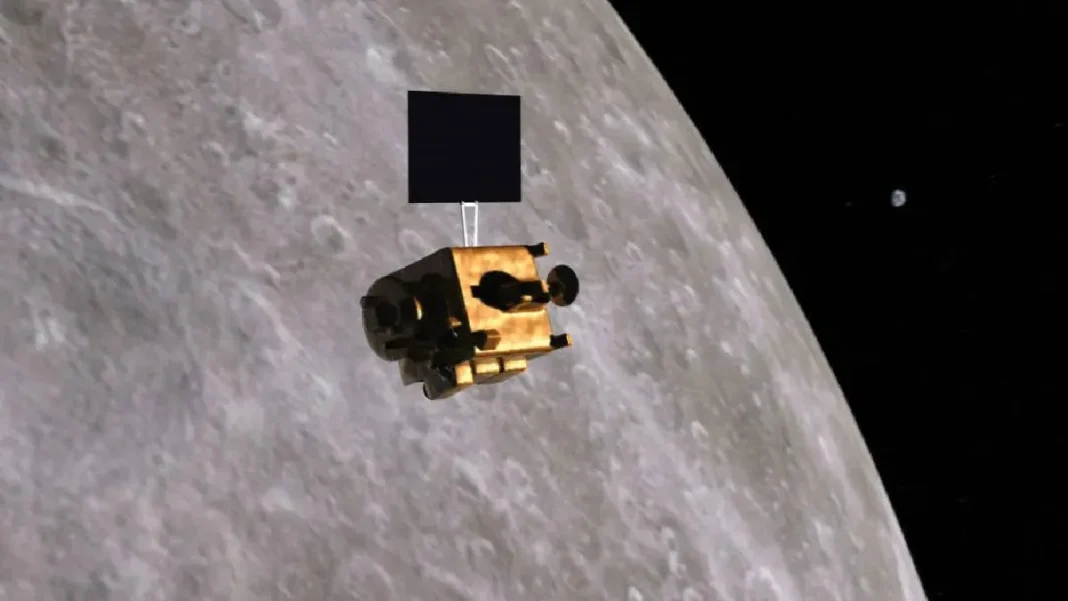Key Takeaways
- Chandrayaan-1 launched on October 22, 2008, marking India’s first lunar mission
- The mission made the groundbreaking discovery of water molecules on the Moon
- It established critical infrastructure for India’s future deep space exploration
- ISRO now aims for a crewed lunar mission by 2040
India celebrates the 17th anniversary of its pioneering Chandrayaan-1 mission today, marking the 2008 launch that established the country as a serious space exploration power. This foundational mission paved the way for subsequent achievements including the Mars Orbiter Mission, Chandrayaan-3 Moon landing, and Aditya L1 solar mission.
Mission Operations and Major Discoveries
The Chandrayaan-1 spacecraft successfully orbited the Moon at 100km altitude, conducting comprehensive chemical, mineralogical, and geological mapping. It carried 11 scientific instruments developed through international collaboration with the USA, UK, Germany, Sweden, and Bulgaria.
After completing primary objectives, the orbit was raised to 200km in May 2009. The mission concluded on August 29, 2009, after completing over 3,400 lunar orbits.
Scientific Breakthroughs
Chandrayaan-1’s most significant achievement was the conclusive detection of hydroxyl (OH) and water (H2O) molecules on the lunar surface. The mission also found strong evidence of water ice in permanently shadowed regions of the Moon’s north polar craters.
Using high-resolution instruments across multiple spectra, the mission created a detailed three-dimensional atlas of the Moon and conducted comprehensive chemical mapping that identified elements including Magnesium, Aluminium, Silicon, Calcium, Iron, Titanium, Radon, Uranium, and Thorium.
Strategic Legacy and Infrastructure
The mission’s origins trace back to 1999 discussions at the Indian Academy of Sciences, with formal government approval coming in November 2003. Beyond scientific discoveries, Chandrayaan-1 helped India build essential deep space infrastructure including spacecraft, launch vehicles, and the Deep Space Network station.
This infrastructure proved crucial for subsequent missions like the Mars Orbiter Mission, demonstrating the long-term strategic value of the Chandrayaan-1 program.
Future Lunar Ambitions
Building on Chandrayaan-1’s success, India has set an ambitious goal for its first crewed lunar mission by 2040. This vision anticipates ISRO developing the capability to safely transport astronauts to the Moon and back, marking the next major milestone in India’s space exploration journey.




